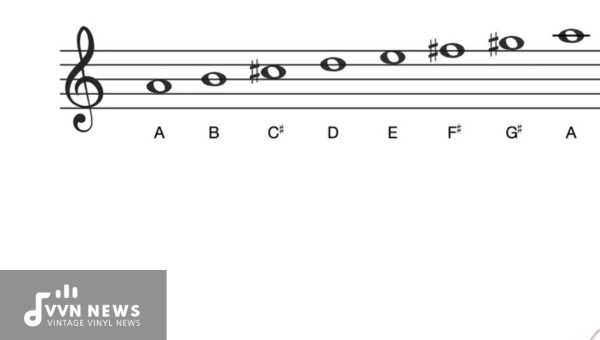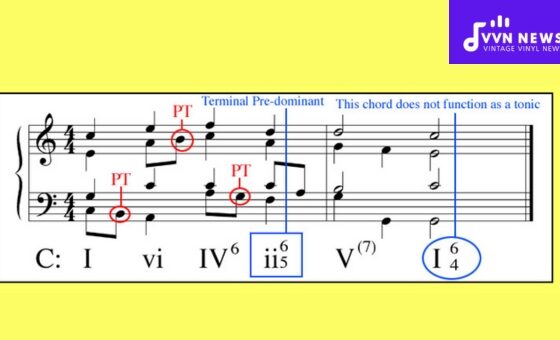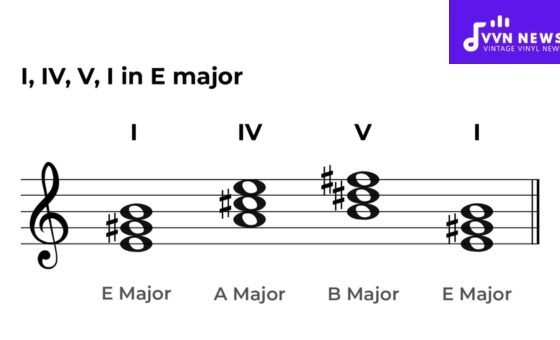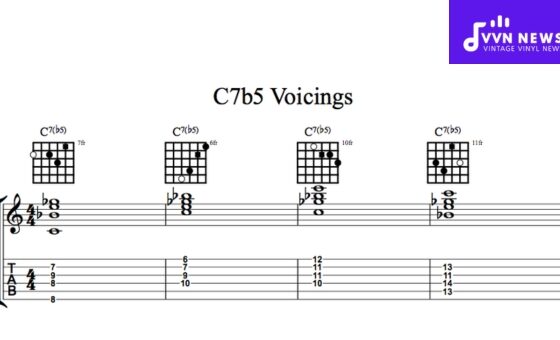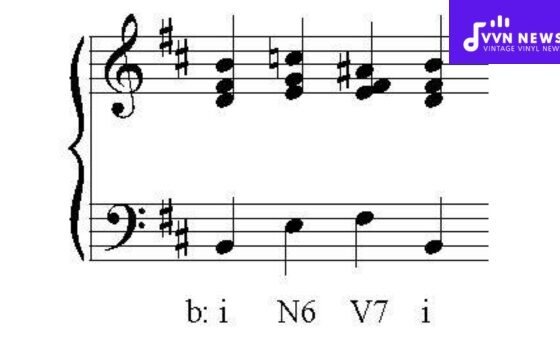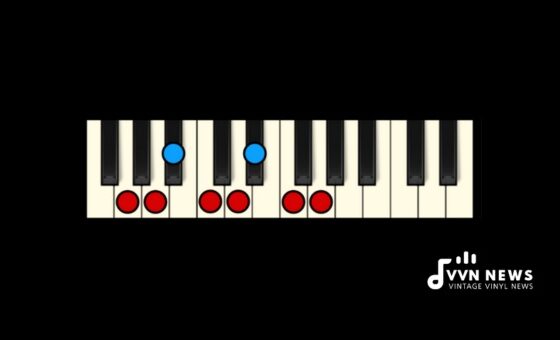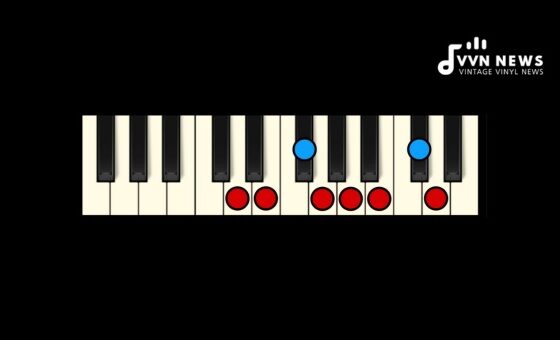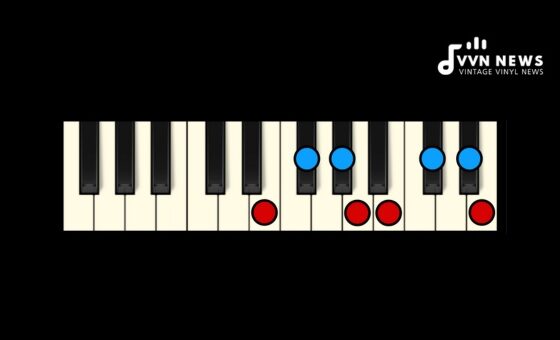Transposing music can often seem daunting, but with a bit of guidance, you’ll find that altering the key of a piece to suit your vocal range or instrument better can be quite straightforward.
So if you’re looking to learn how to transpose down a major 3rd, I’m here to walk you through the steps.
This fundamental skill will empower you to adapt and play your favorite tunes in keys that are more comfortable or harmonious for different musical contexts.
Understanding intervals and key signatures is essential for any musician, and transposing is a practical application of this knowledge.
I will ensure you grasp the concept clearly by breaking it down into simple terms and providing helpful tips along the way.
What Is Transposing Down a Major 3rd?
Transposing down a major 3rd involves shifting every note in a piece of music three full steps downward.
For example, if you have a melody that starts on C, transposing it down a major 3rd would mean starting on A instead.
This modification not only affects the pitch but can also alter the emotional feel of the piece.
It’s critical to remember that when you transpose, every note and chord must be moved consistently to maintain the musical structure and integrity.
This technique is essential for adapting music to suit different vocal ranges or instruments better.
Why Transpose Music Down a Major 3rd?
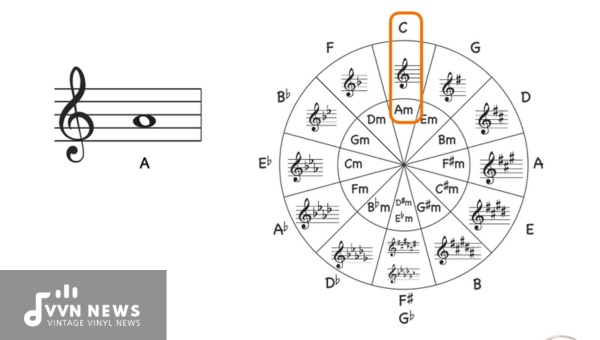
Various reasons might necessitate the decision to transpose a piece of music down a major 3rd.
At its core, transposition allows music to be played in different keys, making it more accessible and comfortable for performers or singers.
Accommodating Vocal Range
One common scenario is accommodating a vocalist’s range. Singers often have specific key preferences that suit their vocal registers.
By transposing down a major 3rd, you can move a song from a higher, perhaps strained register into one where the vocalist can perform effortlessly and confidently.
Instrument Compatibility
Certain instruments may have limited ranges or more resonant tones in specific keys.
Brass and woodwind players, for example, may find pieces transposed down by such an interval easier to play, with richer sound qualities in the new range.
Harmonization Purposes
In compositions involving multiple instruments or voices, you might need to adjust individual parts so they harmonize better.
Transposing one part down a major 3rd could create a more balanced and pleasing overall sound.
Key Alteration for Emotional Effect
Musically speaking, different keys evoke different emotions. Moving a piece down by this interval could alter the mood of the music significantly—making it sound softer and potentially giving it a warmer undertone.
Transposing music accommodates practical realities like vocal/instrumental ranges and theoretical considerations such as harmonization or emotional expression.
Also Read: How To Transpose Up An Octave [Maximize Your Music Skills]
Identifying a Major 3rd Interval
Understanding the interval is crucial. So, what’s a major 3rd? It’s two whole steps (or four half steps) from your starting note.
Here’s how to pinpoint that in various contexts:
- Visualize on a Piano: From any given key, count two whole tones upward. For instance, if you start on C, the next whole step is D, and one more brings you to E – that’s your major 3rd.
- Use the Alphabet: Starting with any note, move two letters up in the musical alphabet and ensure you’re counting two whole steps.
- Guitar Strings: When playing guitar, a major 3rd is found by moving from one string to the next string down while skipping two frets.
- Sheet Music: Look for a distance of three staff lines or spaces between notes – with no accidentals, this signifies a major 3rd.
- By Ear: Familiarize yourself with the sound of a major 3rd; it’s pleasantly consonant but not as closely intertwined as a minor 3rd.
Utilize these methods individually or combine them for cross-verification to confidently identify your major third interval each time.
Armed with this knowledge, transposing any piece down a major third will be markedly easier for you.
Practical Steps for Transposing Down a Major 3rd
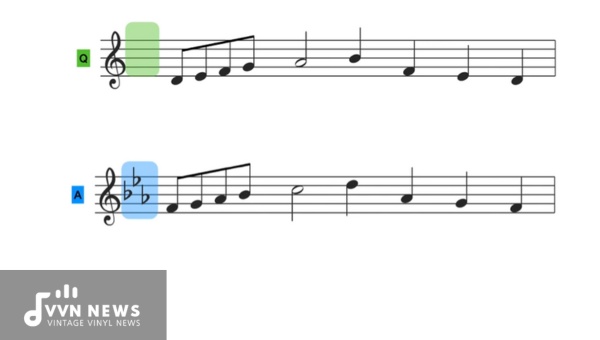
When you’re ready to transpose a piece down a major 3rd, remember that you are moving each note of the original composition three steps down in the musical alphabet.
To put this into action, let’s walk through the practical steps:
Step 1: Identify Your Starting Key
The first step is to determine the key of the original music. Look for the key signature. This will tell you what sharps or flats are in use.
For instance, if your piece is in C Major (with no sharps or flats), transposing it down a major 3rd means your new key will be A Major.
Step 2: Understand the Major Scale
Next, familiarize yourself with both scales, the one you’re starting in and the one you’re moving to.
Understanding this will guide you on which notes will shift to their respective counterparts.
Step 3: Map Out The Interval
A major 3rd interval involves two notes that are four half-steps (semitones) apart from each other.
For example, if starting on C, a major 3rd down would be A—counting backward as follows: B (1), B♭/A♯ (2), A (4).
Step 4: Transpose Each Note
Begin transposing each note individually using this interval mapping. Remember, letters must follow sequentially even when descending; after G, you circle back to F.
Step 5: Adjust Accidentals Accordingly
As you transpose down a major 3rd, make sure to adjust any sharps or flats according to your new key signature.
Example:
- Original Note: C → Transposed Down a Major 3rd: A
- Original Note: E → Transposed Down a Major 3rd: C♯/D♭
After going through these steps systematically, review your transposed melody and ensure it maintains its original integrity but sounds three half-steps lower.
By following these specific steps meticulously, you’ll successfully bring any piece of music down by a major third—enhancing your musical versatility and opening up new avenues for creative expression.
Also Read: How To Transpose Down An Octave [Master This Musical Skill]
Challenges in Transposing Down a Major 3rd
When you decide to transpose a piece of music down a major 3rd, there are a few predicaments and complexities that you must navigate to ensure a smooth transition.
Alteration of Accidentals
One of the first challenges is dealing with accidents. A piece composed in C major, devoid of sharps or flats in its natural state, will shift to A major if transposed down by a major 3rd.
This brings three sharps into play, which requires careful attention as each note is adjusted accordingly.
Key Signature Knowledge
Thorough knowledge of key signatures is crucial when transposing. You should be able to identify the original and target key signatures without hesitation.
In our current example, you’d need to know that E major (the original key if we were transposing from E major down a major 3rd) has four sharps while C major (the new key) has none.
Instrument Range and Fingerings
Instrumentalists often face challenges with range and fingerings when notes are transposed.
Some instruments may not be able to accommodate the new key due to their range limitations or the fingerings may become more complex, requiring additional practice for smooth execution.
Vocal Range Considerations
For vocalists, the change in pitch may either make the song more comfortable or surpass their vocal range limits—both scenarios require thoughtful consideration.
Harmonic Structure Integrity
It is furthermore, maintaining the integrity of the harmonic structure after transposition is vital.
Certain chord progressions may sound different when played in another key due to their unique overtones and resonances. This might affect the piece’s emotional impact or intended character.
Once you’ve had some practice with transposition exercises, these elements will become second nature as you continue on your journey as an adaptive musician.
Also Read: How To Transpose Down A Minor 3rd [Empower Music Skills]
FAQs About Transposing Down a Major 3rd
What exactly does it mean to transpose music?
To transpose music means to change the pitch of each note in a piece by the same interval, effectively moving the entire piece to a different key.
Do I need any special software to transpose music down a major 3rd?
No, you can transpose music with basic knowledge of music theory and an instrument, although software can simplify and speed up the process.
Can I transpose any musical piece down a major 3rd?
Yes, any piece can be transposed down a major 3rd, but be mindful of the new key’s complexity regarding accidentals.
Will transposing affect the mood or quality of the original piece?
Transposing doesn’t change the fundamental structure of the piece but might alter its character since different keys can evoke different emotions.
How does transposing benefit singers specifically?
Transposing allows singers to adjust songs to their vocal ranges, ensuring they can perform comfortably without straining their voices.
Conclusion
Transposing down a major 3rd allows you to adapt music to better fit your performance needs.
With practice, you can confidently shift pitches and key signatures in your compositions or arrangements.
Remember to identify the starting note, count down four half-steps (semitones), adjust accidental signs accordingly, and rewrite each note with precision.
Embrace this skill, and you’ll unlock new potential in your musical journey.
